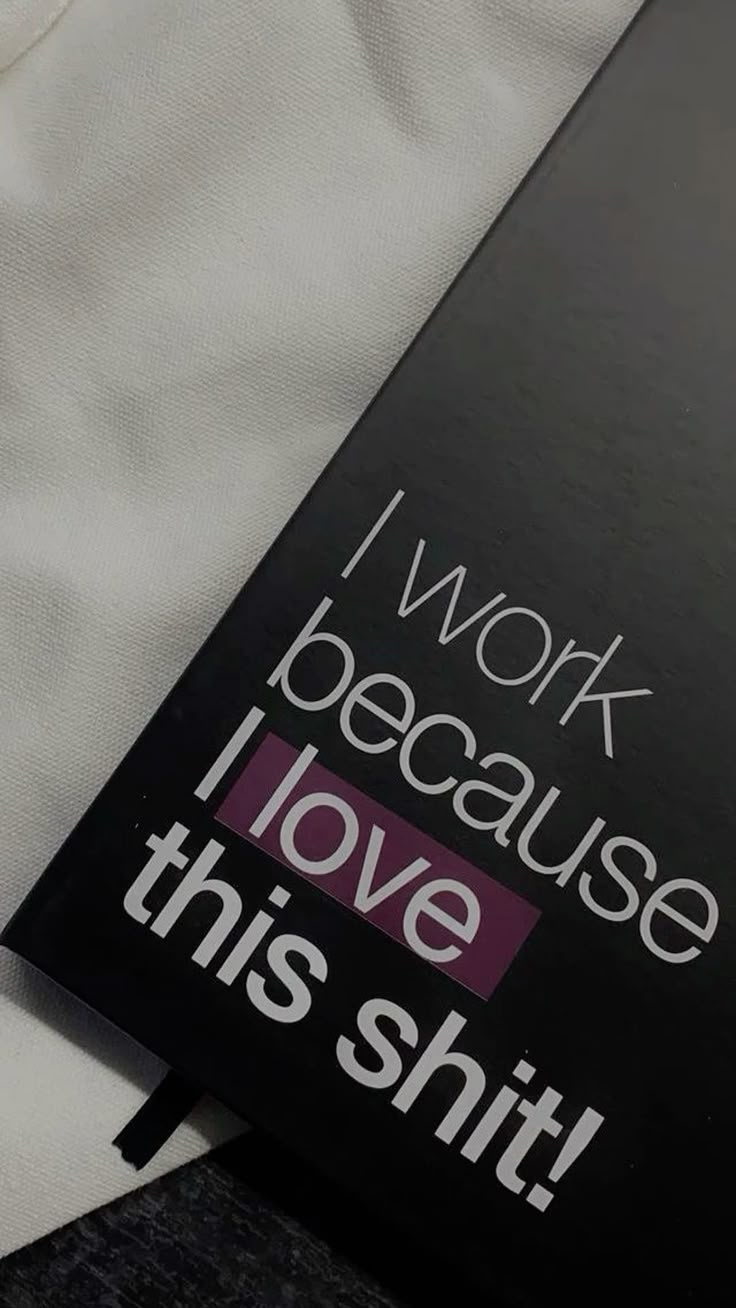This is a 10-hour, no-excuses, put-yourself-on-the-map plan.
And you should do it.
This isn’t for half-effort.
For the next 10 hours, you’re going to do everything a professional writer would do to get noticed, build your portfolio, pitch to real clients, connect with industry players, and make yourself impossible to ignore. It’s your life, your career. No one’s coming to push you.
08:00 – Clarity & Goal Setting
* Hydrate, clear your desk, 5 minutes of quiet breathing.
* Write exactly what you want from your writing career right now (e.g., freelance clients, magazine bylines, ghostwriting gigs).
* List 3 measurable outcomes for today.
09:00 – Tools & Workspace Setup
* Gather: pen, notebook, laptop, charger, phone, good lighting.
* Open a “Level Up” folder on Google Drive.
* Install/update: Grammarly, ProWritingAid, ChatGPT (or Claude), Canva, Hemingway, Notion/Scrivener.
* Bookmark Google Docs, LinkedIn, Twitter/X, Submittable, Contently, Clearbit (for contact finding).
10:00 – Portfolio Curation (First Round)
* Choose 2–3 of your strongest past pieces (articles, short stories, essays, scripts).
* Open each in Google Docs, check formatting, update titles, and fix typos.
* Save clean copies in “Portfolio” subfolder.
* Short break: 15 minutes away from screen.
11:00 – Portfolio Assembly
* Combine the 2–3 polished pieces into one PDF.
* Add:
* Name & contact info at the top
* 1–2 sentence bio
* Short intro sentence before each piece (what it is & why it matters)
*
* Export as “YourName_Portfolio.pdf” and upload to Google Drive.
* Get a shareable link (test it).
12:00 – Target Client & Industry List
* List 10 people/organisations who could hire you now — publications, agencies, brands, editors, industry figures.
* For each:
* Find correct contact name & email
* Write one sentence about why they’d need you
* Save in a simple spreadsheet.
13:00 – Pitch Crafting
* Create a 3–4 sentence pitch template:
* Who you are
* What you offer / your niche
* Why they should care (specific to them)
* Link to portfolio
* Adapt the opening line for each of the 10 contacts (make it personal).
14:00 – Sending Pitches
* Send the first 5 tailored pitches via email, LinkedIn, or submission form.
* Log the send time and date in your spreadsheet.
* Save a copy of each message sent for reference.
15:00 – Industry Positioning Online
* Update LinkedIn headline and About section with your one-sentence professional intro.
* Add portfolio link to your bio on LinkedIn, Twitter/X, Instagram.
* Post a short update: “Portfolio updated & ready, open to writing collaborations [link]”.
16:00 – Networking & Outreach
* Connect with 5–10 new industry contacts (editors, writers, brand managers) on LinkedIn or Twitter/X.
* Send a short note: “Hi [Name], I’m a creative writer specialising in [niche]. Love your work on [specific project] , would love to connect.”
* Comment meaningfully on 2–3 of their recent posts.
17:00 – Education & Growth
* Search ALX, Google, Coursera, or FutureLearn for free writing/business courses.
* Enrol in at least one and bookmark it.
* Save the syllabus to your “Level Up” folder.
* Final check:
* Portfolio link works on all devices
* All pitches logged & sent
* Contacts saved for follow-up
* New connections made
By 18:00, you’ve:
* Assembled & shared a professional portfolio
* Sent targeted pitches to real opportunities
* Updated your public presence
* Connected with industry players
* Enrolled in skill-growth resources
- WritersCovenhttps://writerscoven.co/author/writerscoven/
- WritersCovenhttps://writerscoven.co/author/writerscoven/
- WritersCovenhttps://writerscoven.co/author/writerscoven/

